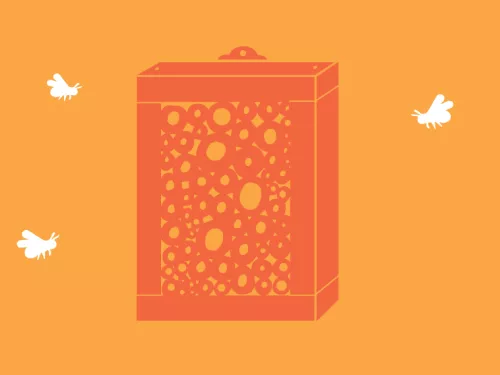
How to make a bee hotel
Solitary bees are important pollinators and a gardener’s friend. Help them by building a bee hotel for your home or garden and watch them buzz happily about their business.

Set up a ‘nectar café’ by planting flowers for pollinating insects like bees and butterflies
Many of our prettiest insects feed on nectar, so need flowering plants for their survival. Butterflies, moths, bees and hoverflies all need sources of nectar and pollen to thrive. As they travel from flower to flower, they also pollinate them, enabling them to set seed or bear fruit. So, setting up a nectar café benefits both your plants and you, allowing you to enjoy the flitting and fluttering of beautiful butterflies.
Setting up a nectar café not only benefits your garden, but allows you to enjoy the fluttering of beautiful butterflies too
| Early season | Mid season | Late season |
| Aubretia spp | Heather - Erica cinerea | Coneflower - Echinacea spp. |
| English bluebell - Hyacinthoides non-scripta | Lady’s bedstraw - Galium verum | French marigold - Tagetes patula |
| Currant - Ribes spp. | Lavender - Lavandula angustifolia | Golden rod - Solidago spp. |
| Grape hyacinth - Muscari armeniacum | Common mallow - Malva sylvestri | Honeysuckle - Lonicera periclymenum |
| Lungwort - Pulmonaria officinalis | Purple toadflax - Linaria purpurea | Ice plant - Sedum spectabile |
| Primrose - Primula vulgaris | Rock cress - Arabis spp. | Ivy - Hedera helix |
| Sweet violet - Viola odorata | Sea holly - Eryngium maritimum | Meadow saffron - Colchicum autumnale |
| Winter aconite - Eranthis hyemalis | Verbena - Verbena bonariensis | Michaelmas daisy - Aster pyrenaeus |
| Wood anemone - Anemone nemorosa | Wallflower - Erysimum cheiri | Common sunflower - Helianthus annuus |
| Alyssum - Alyssum montanum | Red valerian - Centranthus ruber |


Solitary bees are important pollinators and a gardener’s friend. Help them by building a bee hotel for your home or garden and watch them buzz happily about their business.
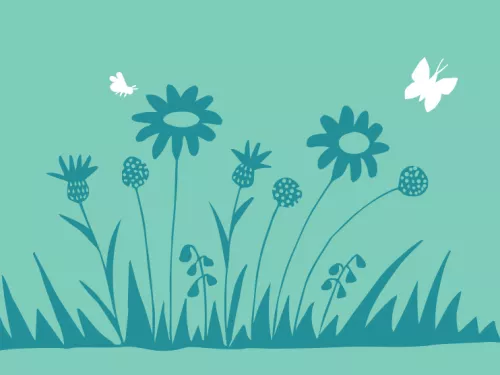
Whether it's a flowerpot, flowerbed, wild patch in your lawn, or entire meadow, planting wildflowers provides vital resources to support a wide range of insects that couldn't survive in urban areas otherwise. It is also a great way of avoiding tools such…
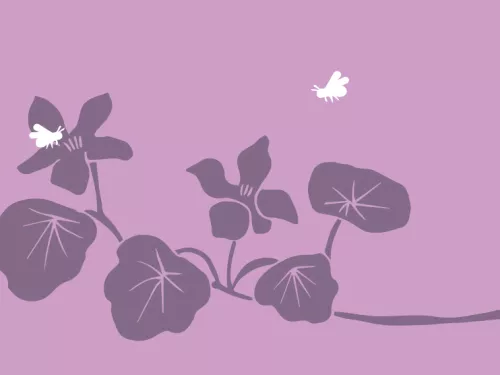
The best plants for bumblebees! Bees are important pollinating insects, but they are under threat. You can help them by planting bumblebee-friendly flowers.
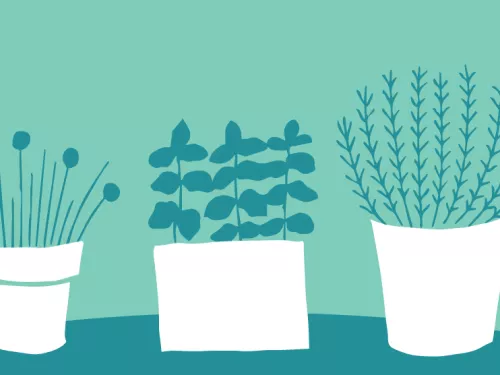
Planting herbs will attract important pollinators into your garden, which will, in turn, attract birds and small mammals looking for a meal.
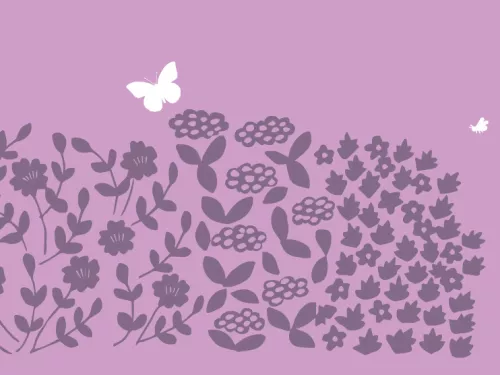
Hedges provide important shelter and protection for wildlife, particularly nesting birds and hibernating insects.

Plant wildflower with seed bombs!